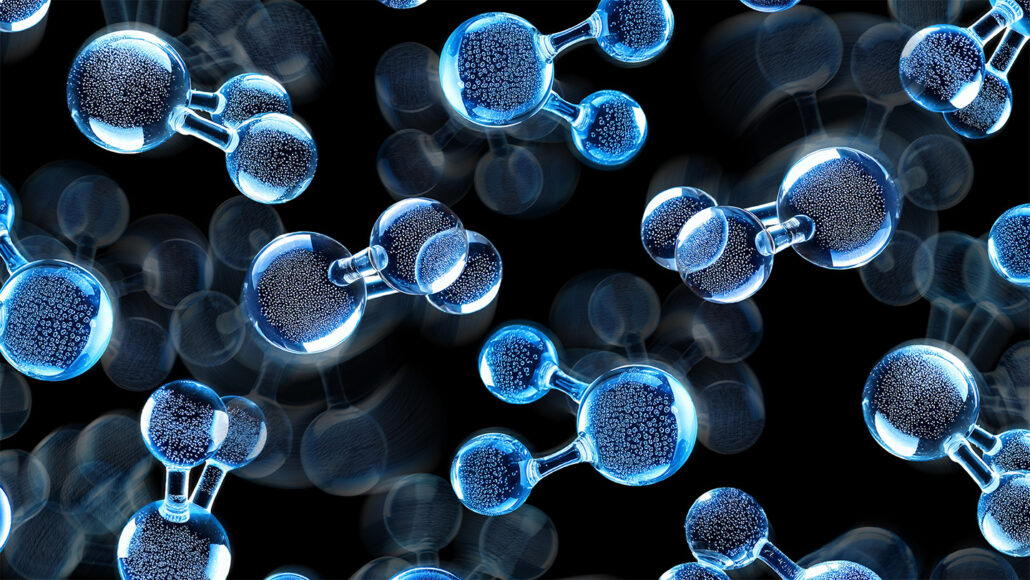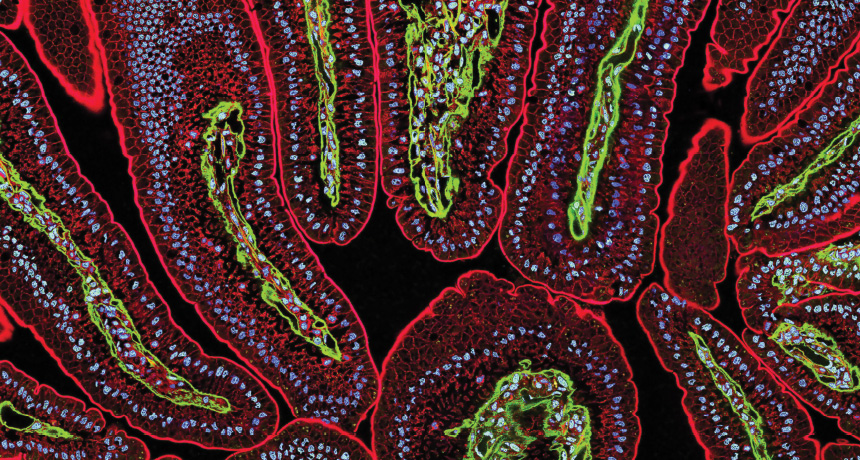
Physics
This weird ice may exist on alien planets
Scientists used high pressure and heat to create plastic ice, which has qualities of both ordinary ice and liquid water.
By Nikk Ogasa
Come explore with us!

Scientists used high pressure and heat to create plastic ice, which has qualities of both ordinary ice and liquid water.

These words sound and look a lot alike. But crucial differences lie in how they soak up that spill.

Real-world wearable devices help people stay safe at work and accomplish everyday tasks.

Thermo Fisher JIC finalist Sophia Zhang investigated hydrogels that might conserve water in farming — a big stressor of the lake’s water supply.

Architecture is full of arched doors, windows and other structures. But how strong is the natural arch of eggshells?

Research explores new ways to classify hair — from loose curls to tight coils — along with ways to control it and improve its looks and health.

Quantum dots are nanosized specks whose properties are governed by the strange rules of quantum physics.

DNA can store all types of data. An amber-like material can now protect its information long-term — or release it on demand for short-term use.

Some types of paper are more likely to cause paper cuts. It’s the paper’s thickness and slicing angle that matter, physicists conclude.

Treating cork with lasers made the material able to quickly sponge up oil while repelling water, scientists in China and Israel found.